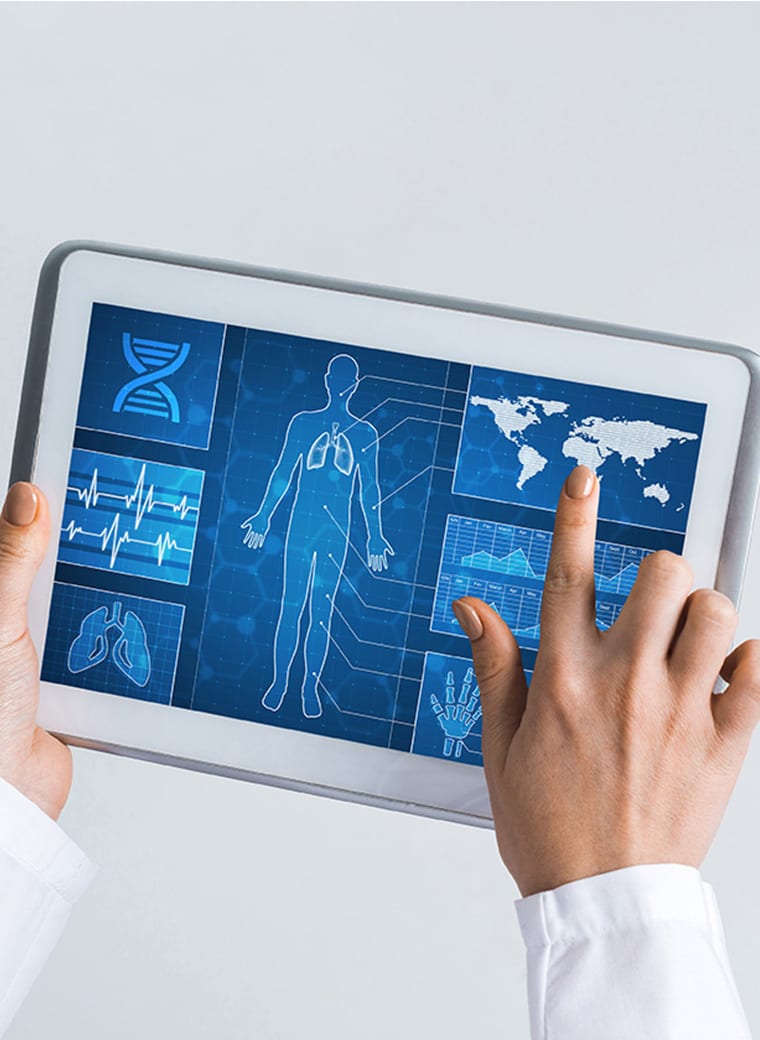How tablet technology is helping nurses and doctors
Used everywhere from hospitals to virtual health and general practitioner’s offices, tablets have the potential to revolutionise the way healthcare professionals do their jobs.
Two of the professions enjoying the very real benefits of tablet technology are nurses and doctors, who now have access to information on-the-go along with a research tool at their fingertips that can also allow them to virtually assess and liaise with patients.
Here are just some of the ways tablet technology is helping nurses and doctors.



